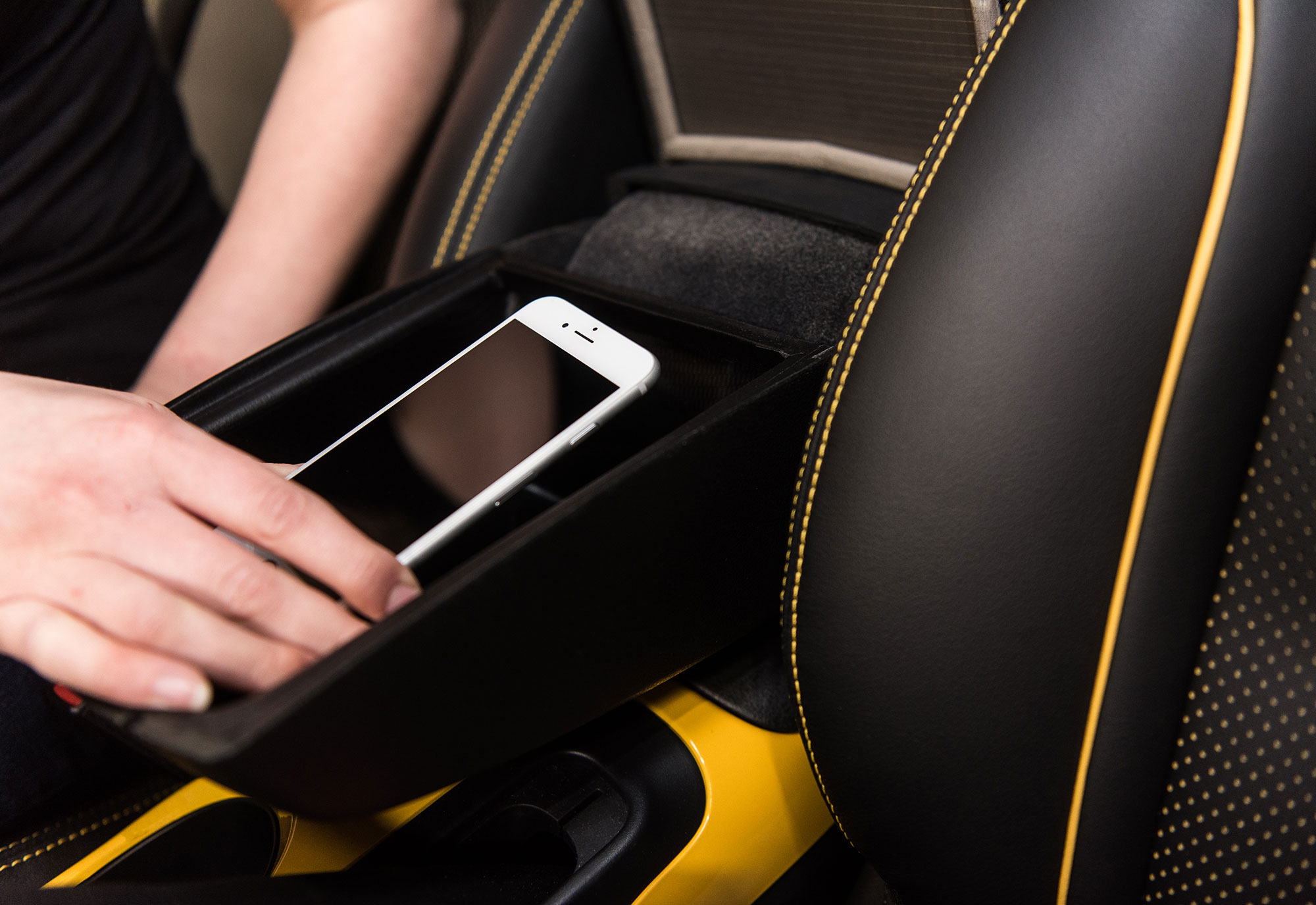
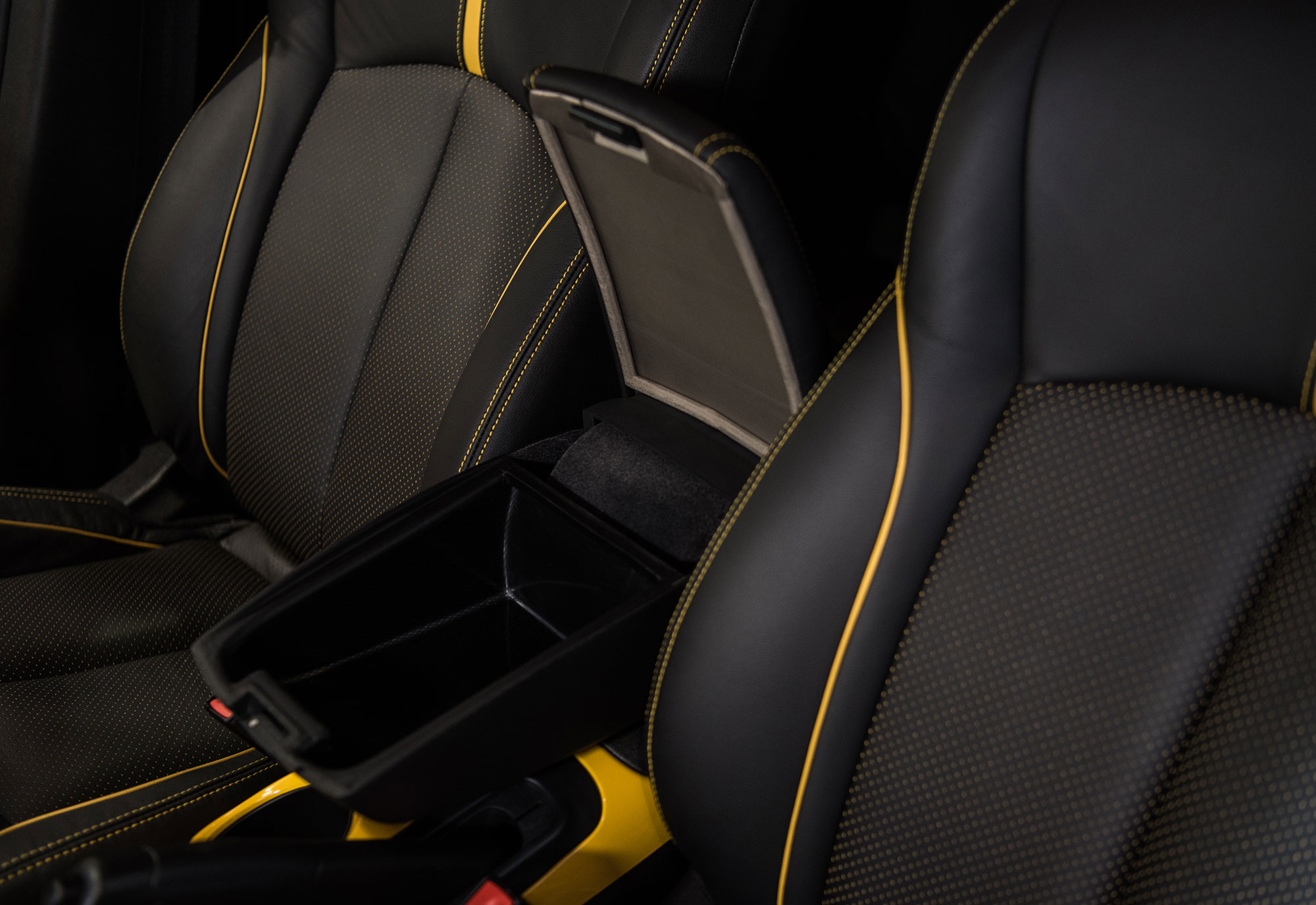
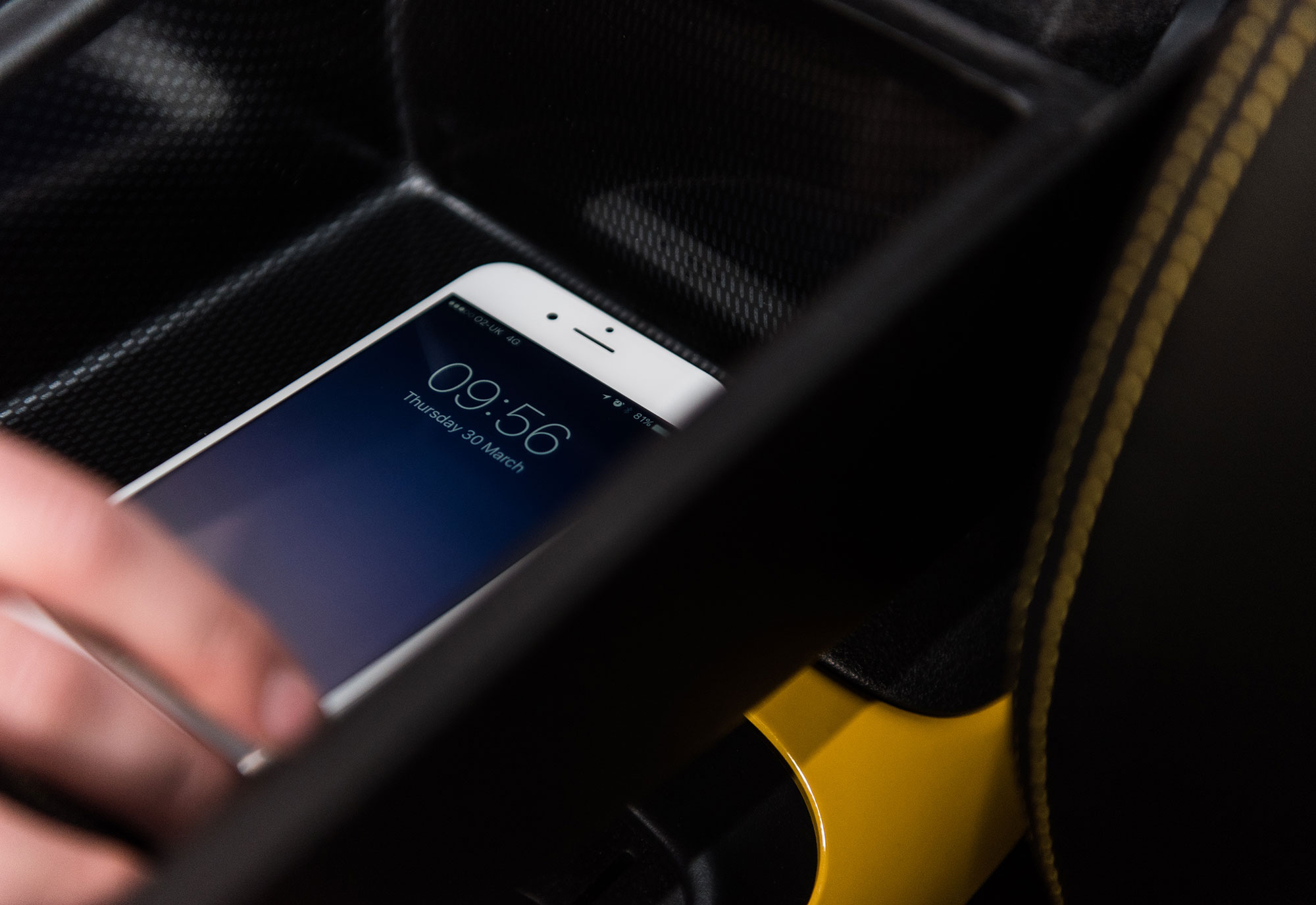
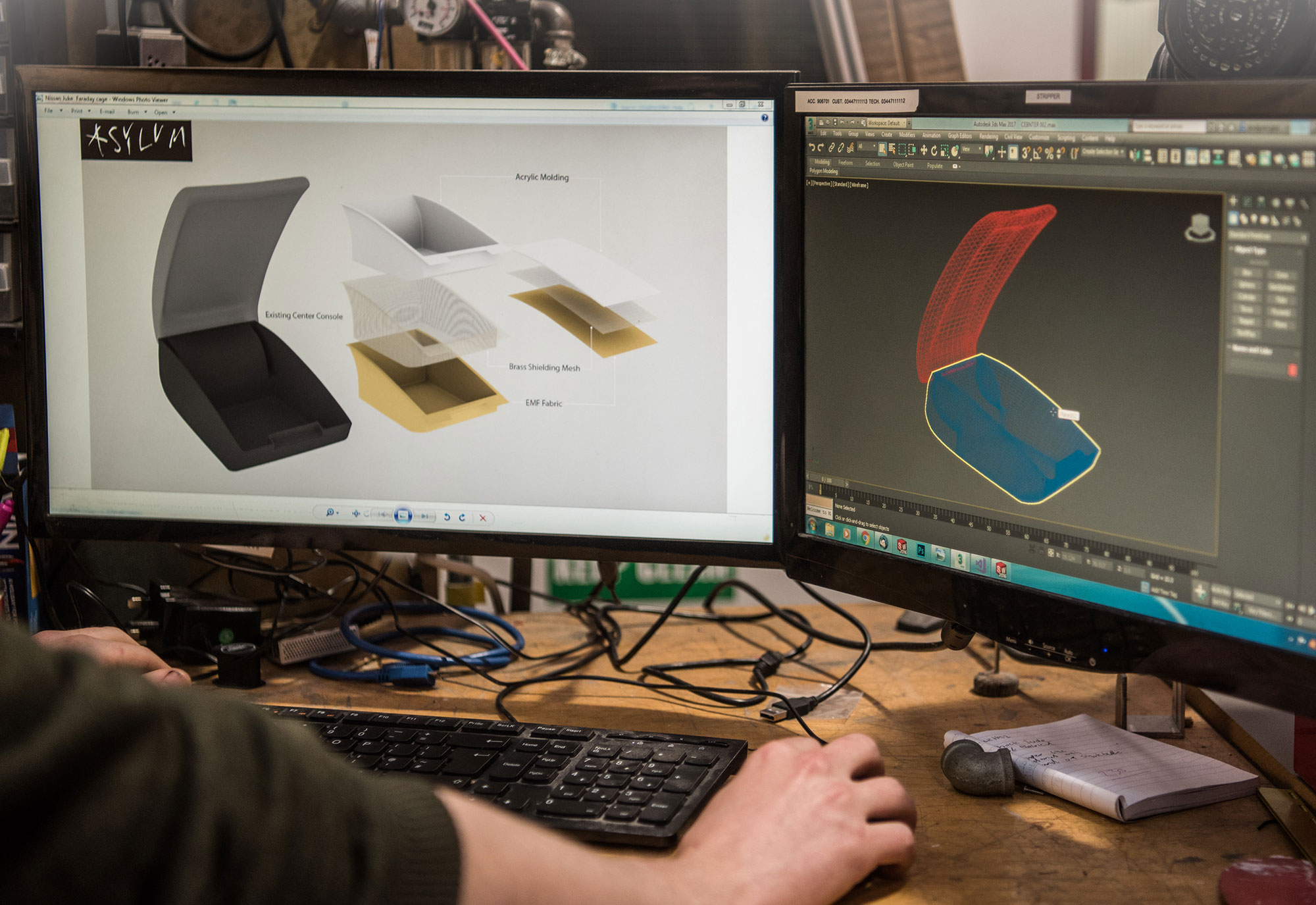

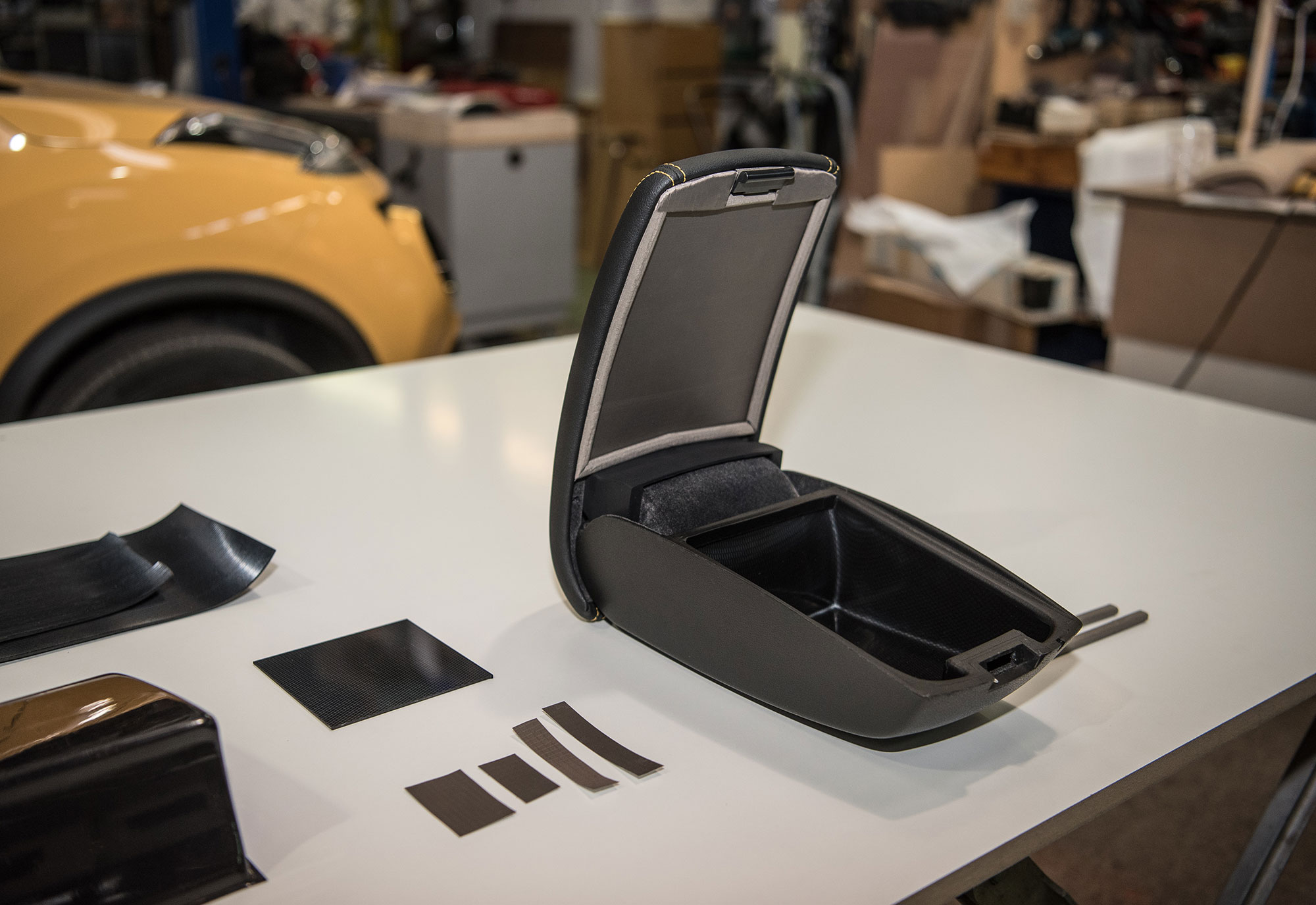
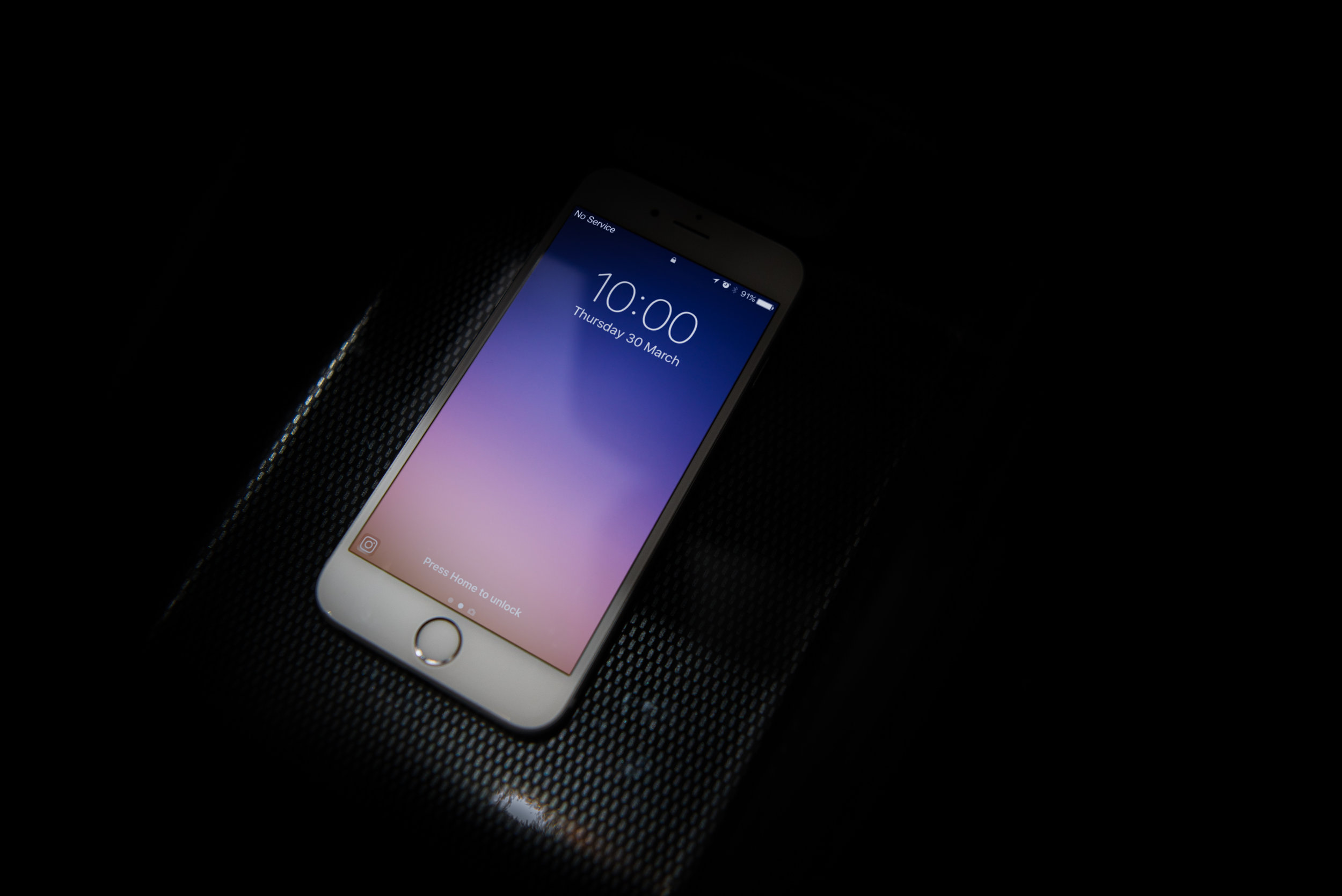
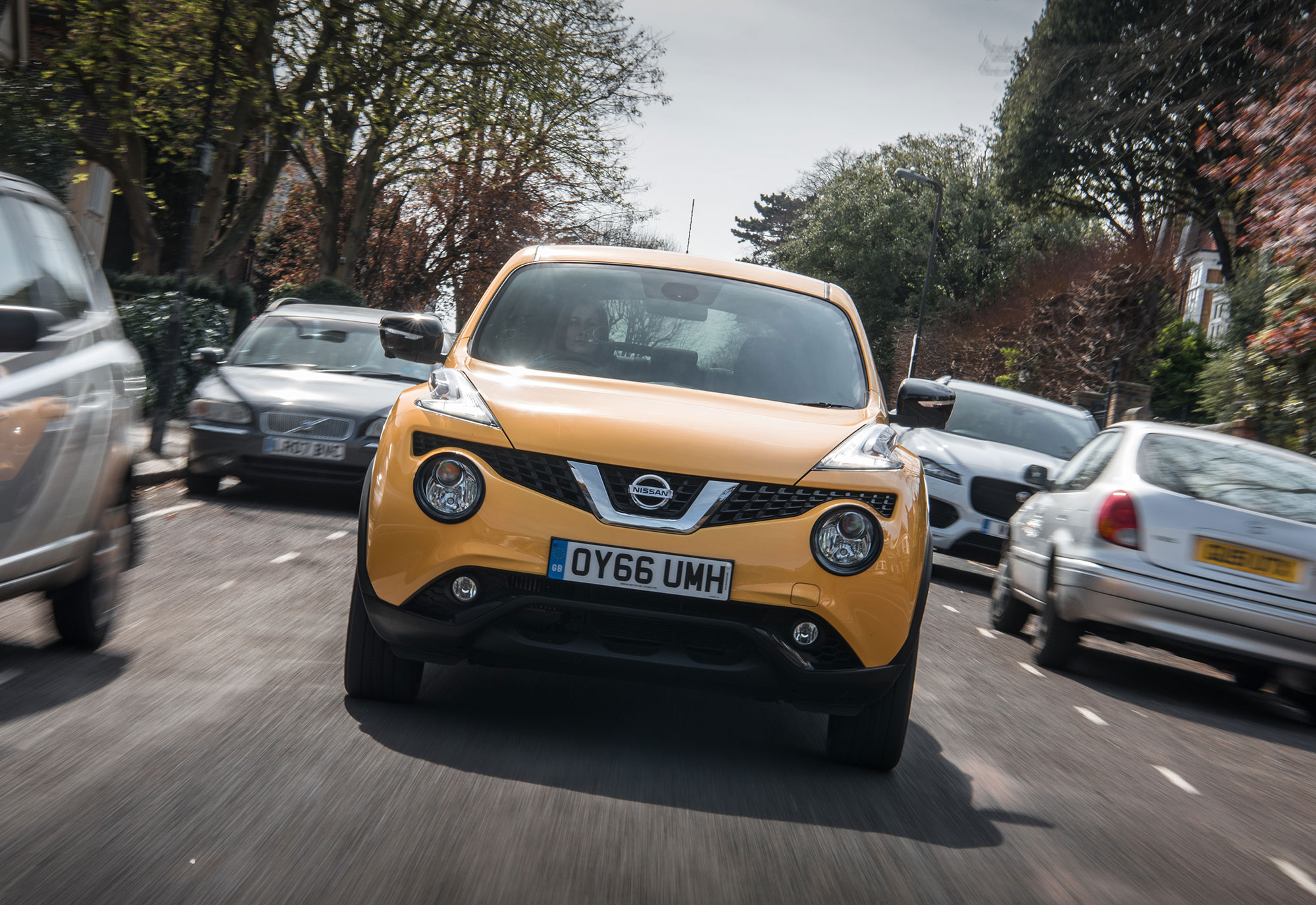
Nissan has adopted a technology that’s almost 200 years old to create a concept solution for reducing smartphone distraction at the wheel.
The Nissan Signal Shield is a prototype compartment within the arm rest of a Nissan Juke that is lined with a Faraday cage, an invention dating back to the 1830s. Once a mobile device is placed in the compartment and the lid closed, the Nissan Signal Shield creates a ‘silent zone’, blocking all of the phone’s incoming and outgoing cellular, Bluetooth and Wi-Fi connections.
The concept is designed to give drivers a choice about whether to eliminate the distractions caused by the millions of text messages, social media notifications and app alerts that are ‘pushed’ to smartphones each day.
A growing problem, the number of drivers admitting to handling their phone in the car has increased from 8% in 2014 to 31% in 2016, according to the RAC.
Users are becoming habitually more tempted to check text messages and notifications as they appear on their phone’s screen, even if they are driving. Nissan’s own research found almost one in five drivers (18%) admitted to having texted behind the wheel.
All Nissan crossovers are available with Bluetooth connectivity to allow drivers to make and receive hands-free phone calls when it is safe to do so. If drivers want to listen to music or podcasts stored on their smartphone, they can still connect to the car’s entertainment system via the USB or auxiliary ports. The device will maintain wired connectivity even when in the Nissan Signal Shield compartment.
To restore the phone’s wireless connections, drivers just need to open the arm rest to reveal the compartment – which can be done without taking eyes off the road or touching the phone itself – and the phone can reconnect with the mobile network and the car’s Bluetooth system.
The innovation works on the principle of the Faraday cage, an enclosure made of a conductive material, such as wire mesh, which blocks electromagnetic fields. It is named after the pioneering English scientist Michael Faraday, who invented it in the 1830s. Any incoming electromagnetic signals – such as cellular or Bluetooth data – are distributed across the cage’s external conducting material and so prevented from reaching the device.
Alex Smith, Managing Director, Nissan Motor GB Ltd. said; “Nissan produces some of the safest cars on the road today, but we are always looking at new ways to improve the wellbeing of our customers. Mobile phone use at the wheel is a growing concern across the automotive industry, and indeed society, particularly with the high number of ‘pushed’ communications, such as texts, social media notifications and app alerts that tempt drivers to reach for their devices.”
RAC road safety spokesman Pete Williams said: “Our research shows that handheld phone use by drivers has reached epidemic proportions. As mobile phone technology has advanced significantly many people have become addicted to them. However, the use of a handheld phone when driving represents both a physical and mental distraction and it has been illegal since 2003.
“The Nissan Signal Shield is a good example of a technology that can help drivers be phone smart. For those who can’t avoid the temptation, this simple but pretty clever tech gives them a valuable mobile-free zone. We are asking all drivers to make a personal commitment not to use a handheld phone at the wheel by visiting www.bephonesmart.uk and sharing their promise with their friends and family.”
